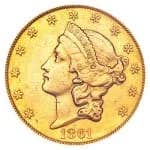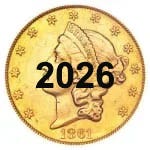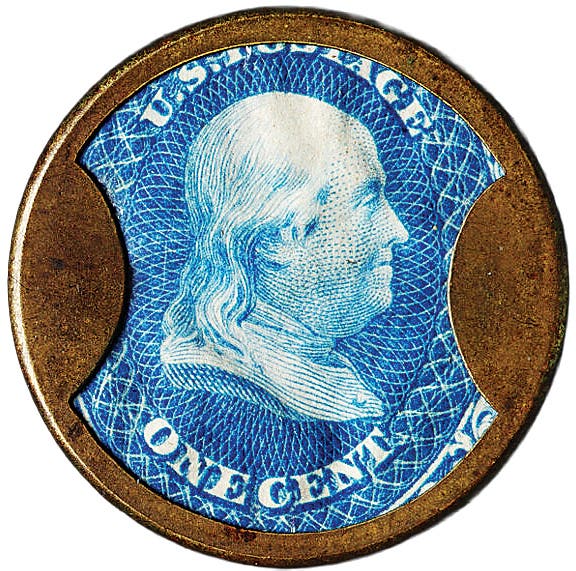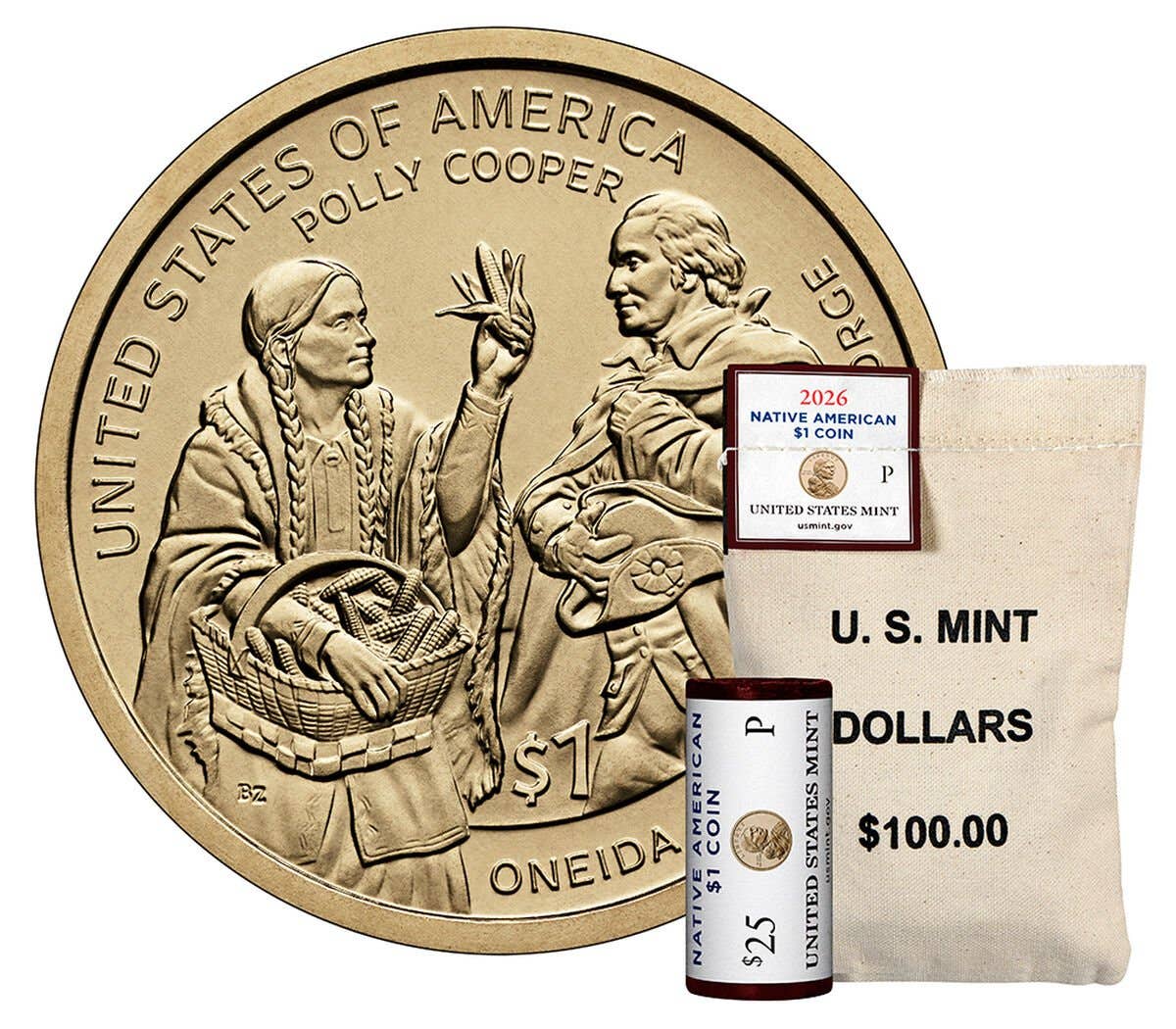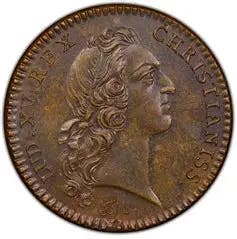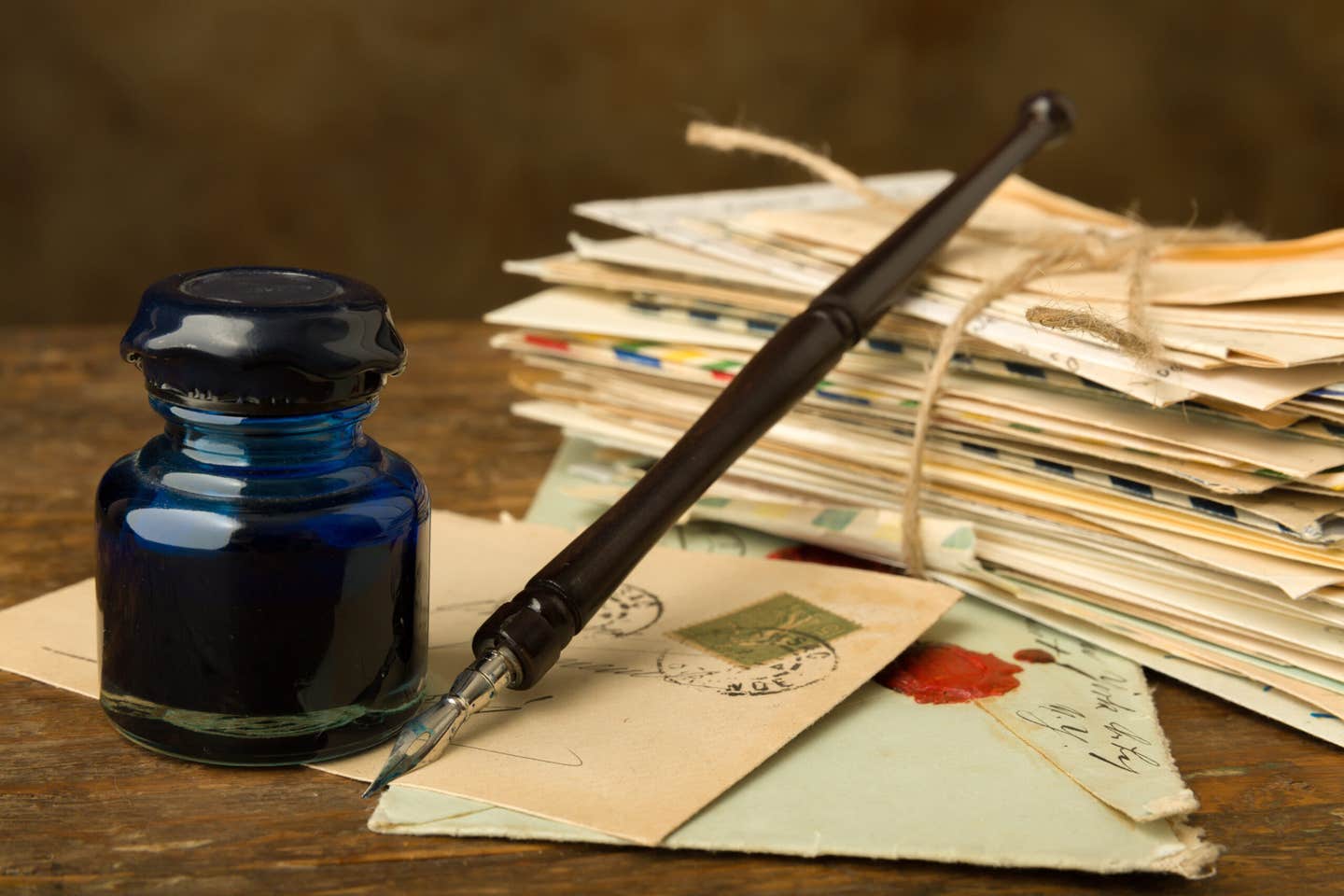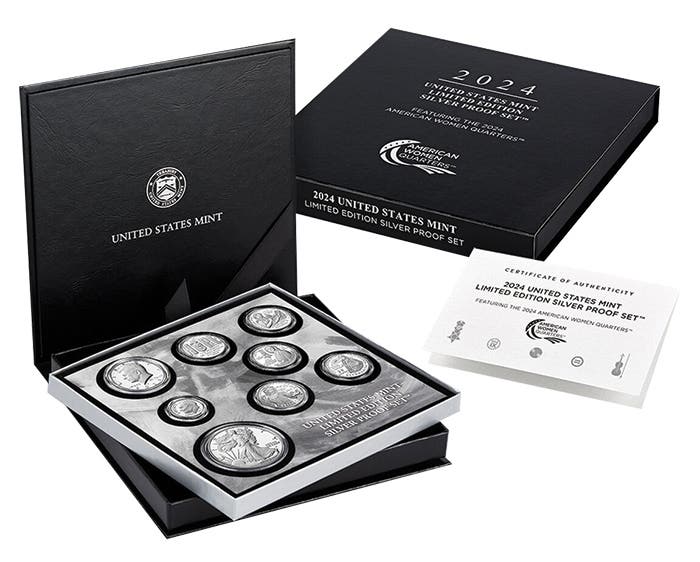Collecting Postage Stamp Envelopes
Born from a Civil War coin shortage, postage stamp envelopes briefly bridged America’s currency gap—and today stand as rare, coveted relics of financial ingenuity.
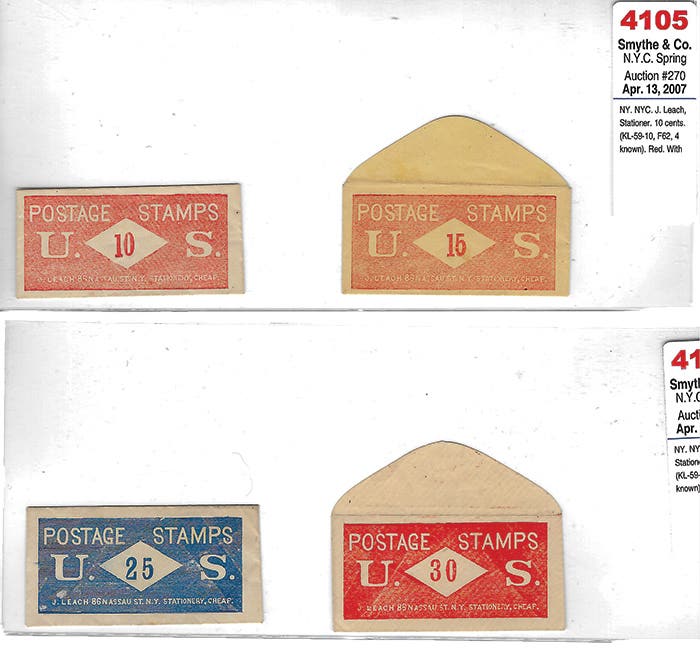
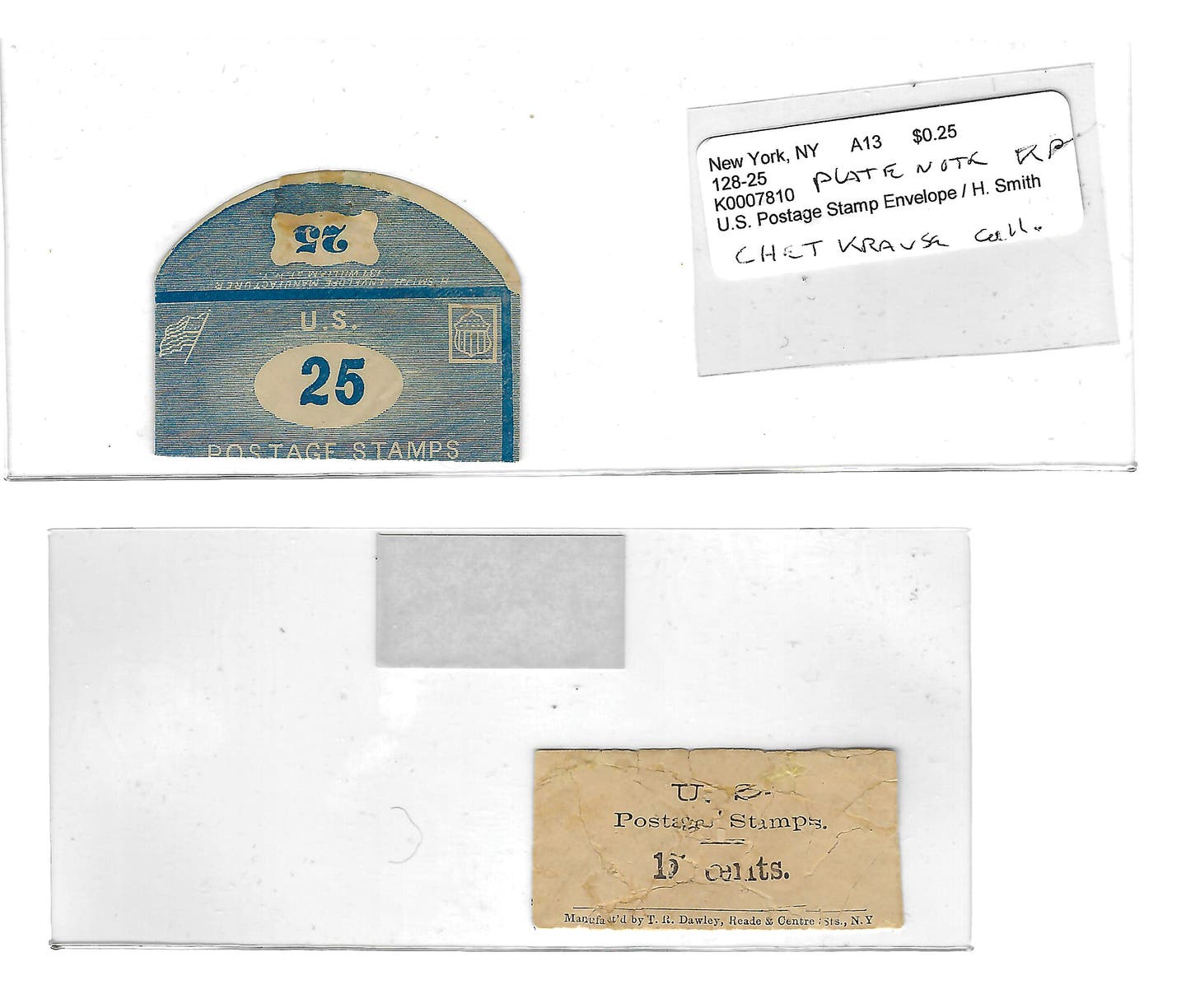
I first became aware of postage stamp envelopes when Smythe & Co featured them in one of their 2007 auctions. These fascinating items represent a brief but historically significant chapter in American financial history, dating back to the early years of the Civil War. Their origin is closely tied to a widespread problem faced by the public at the time—a severe shortage of coinage, particularly in the North and along the East Coast.
As the Civil War intensified, citizens and businesses encountered growing difficulties in conducting everyday transactions due to the lack of available small change. Coins had all but disappeared from circulation, hoarded due to their intrinsic metal value and the uncertainty of wartime. This coin shortage forced the government to consider alternative methods, especially for small purchases.
One of the more innovative temporary solutions that emerged was the use of postage stamp envelopes. These were small envelopes printed by merchants, banks, and private printers with a specified monetary value that were usually in low denominations, such as 5, 10, 25, or 50 cents. Inside each envelope, the issuer placed actual postage stamps whose total face value matched the denomination printed on the outside. These stamp-filled envelopes were then circulated among the public and accepted in lieu of coins, functioning as a form of currency.
This makeshift monetary system, while clever and effective in the short term, was never intended to be permanent. It soon became obsolete with the federal government's introduction of fractional currency in late 1862. Fractional currency was official paper money, issued in denominations of less than one dollar. Once available, it quickly replaced alternative forms, such as postage stamp envelopes and encased postage, offering a more standardized and widely accepted means of exchanging small transactions.
Despite their short lifespan, postage stamp envelopes left a lasting impression on collectors and historians alike. Approximately 400 different designs are known to have been produced, each reflecting the creativity and branding of the issuing merchants and printers. Today, it is believed that fewer than 500 examples have survived, making them rare and highly sought after by collectors. Finding a complete envelope in good condition is especially uncommon, as most surviving examples have lost their original stamps or have damaged flaps and seals.
Envelopes containing stamps from the 1859 issue are particularly rare and valuable. Due to the variability in stamp content, collectors often assess the value of the stamps and the envelope separately. However, the most prized examples are those that remain fully intact, with original stamps, unbroken seals, and clean presentation.
Generally grouped with encased postage, postage stamp envelopes are prized artifacts of a financially turbulent period in American history. Their collectible value remains strong, and it's now rare to find a decent example for less than $1,000 at auction. Paper money books also list prices, so you will seldom see these envelopes at shows due to their rarity.
Included with this article are examples from my collection.
You may also like:

